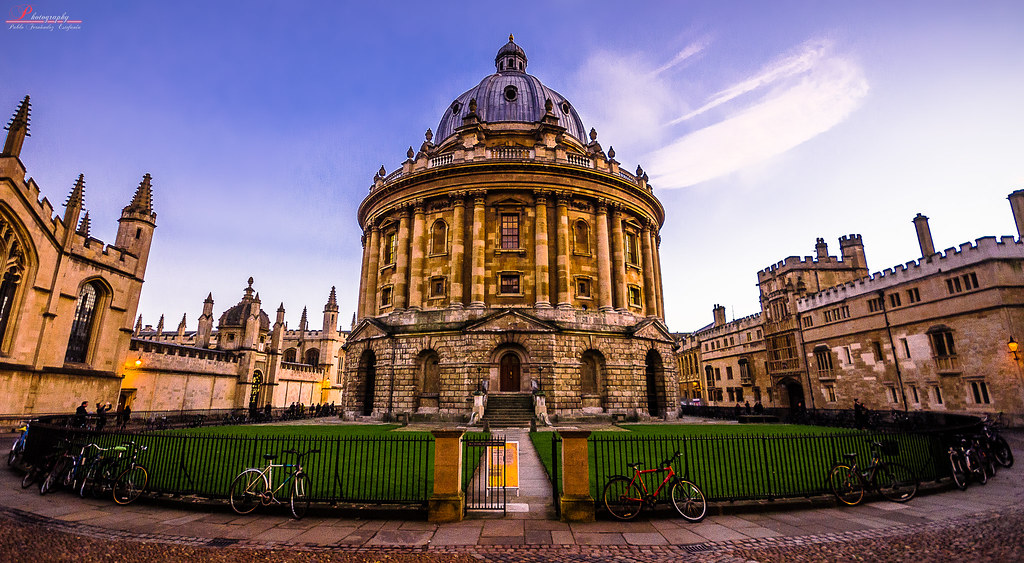Kwanzanukkahmas
January 3, 2023
Poly students come from a myriad of different boroughs, countries, religions, and cultural backgrounds. They also celebrate in diverse ways. During the winter holidays, students from varying backgrounds come together with their friends and families with different customs.
Poly Senior and Polygon News Editor Alida Lissak shared her Hanukkah traditions. She said, “on Hanukkah, we light candles. There are eight candles and we light one each night of the holiday.” Lissak explained that Hanukkah is a very significant holiday in the Jewish religion. It celebrates the rededication of the Second Temple of Jerusalem. “There are a few blessings we sing,” said Lissak. She explained a conventional Hanukkah evening for her family . “We light the menorah each night, and I get a different present [each night].”
Lissak expressed that her family enjoys spending the holiday together each year. She explained, “My mom, my dad, my sister and I always celebrate together. Even now that my sister is in college, she still calls us on Hanukkah.” Lissak’s sister, Calliope Lissak ‘21, is a Poly alum, and is now a sophomore at Oberlin College. She expressed how much her family values being together during the holidays. Lissak continued, “My sister and I both were not at home last year, and I called in from the Mountain School.”
Poly Math Teacher Carolyn Licata shared her Christmas traditions from both when she was young and today. She said, “when I was young there was no question, we had to go to church,” and would “first have Christmas morning at my house, and then at my grandmother’s house.”
Licata described that there were no decorations until Christmas morning in her house. She relayed, “We wouldn’t have any decorations, and then Christmas morning it would be decorated, and there would be a Christmas tree waiting for us.” Licata shared that she grew up with many siblings. She said, “there are so many of us, and we are all close.”
But, “traditions change,” she explained. Licata no longer has to go to church. While she still shares her childhood bond with her siblings, Licata said that it is not common for her to see her whole family on Christmas Day anymore,t least not in person. Licata explained, “my family is all over the country,from here to California.” However, this does not stop her from seeing her grandchildren’s faces on Christmas Day. She stated, “we do Christmas morning on Zoom, and I get to see my grandchildren open their presents.”
Freshman Tori Eanes explained the Kwanzaa festivities in her household. Kwanzaa is a holiday intended to celebrate African-American culture. She stated that it is custom for people to celebrate the holiday with “African drumming and feasting.” However, her family celebrates slightly differently. Eanes said, “we eat a lot of soul food.” Soul food is a cuisine that originated in the southern United States, traditionally prepared and eaten by African American people. Eanes continued, “relatives will come over that I do not see a lot because they live in other states.” It ends with a meal on the sixth and final day, January 1, which is called Karamu.
Eanes said when her family comes over they “celebrate by dancing and singing, reading, drumming, and eating.” The candles in the kinara, the Swahili word for candle holder, represent different things. Eanes explained, “they represent unity, self-determination, collective work, responsibility, cooperative economics, purpose, creativity, and faith.” The colors of the candles are red, green, and black. There are three red, three green, and one black candle in the middle. Eanes says, “the holiday starts on December 26th. We light the black candle, which represents unity, first.” She shared, “you can light the others anytime between the 26th and January 1st.” She then clarified that “they must be lit at the same time each night.”
























